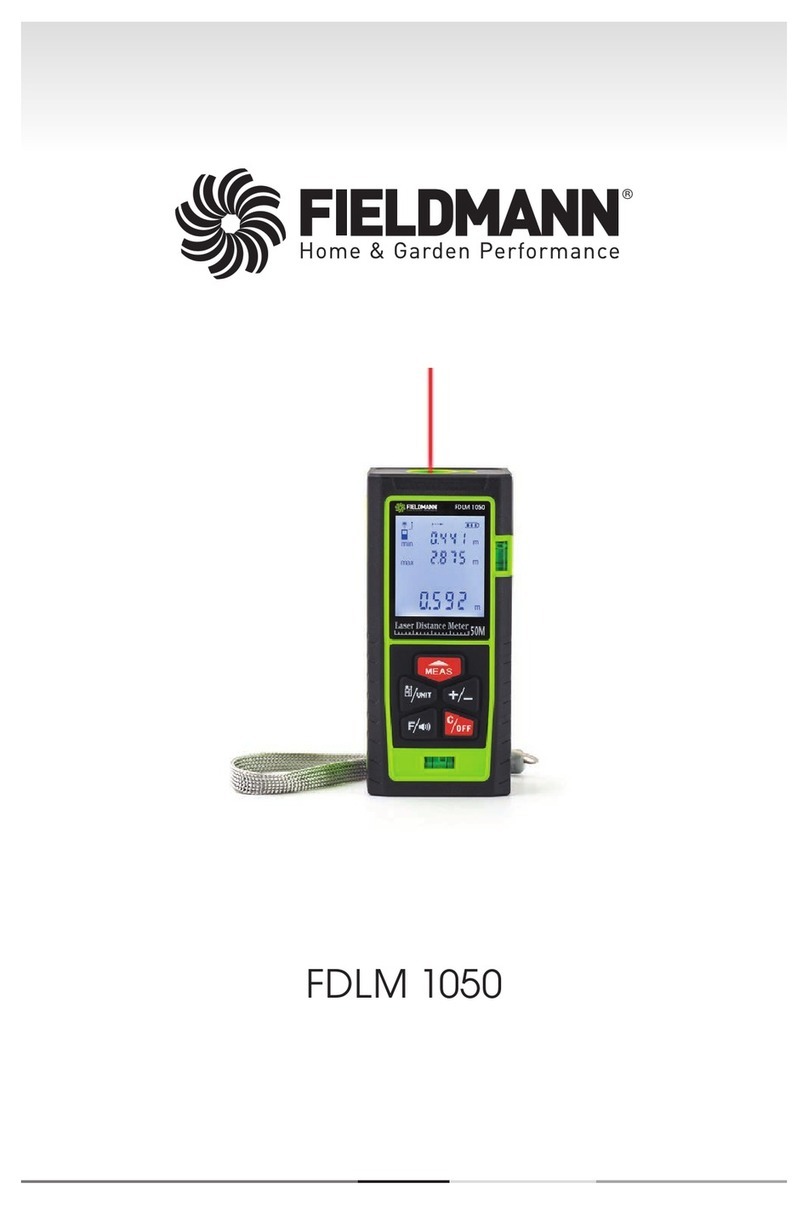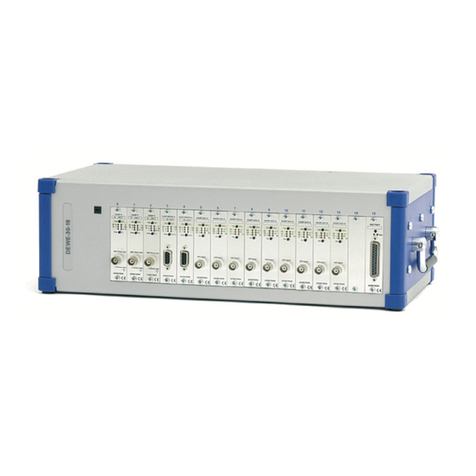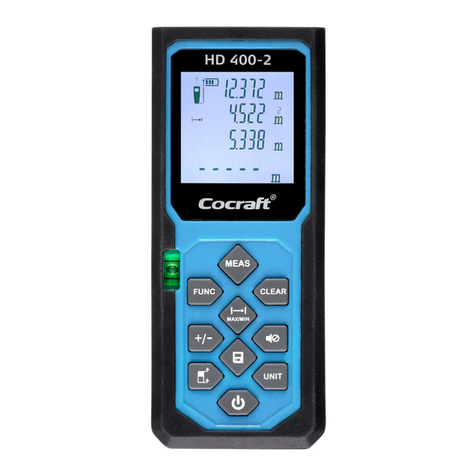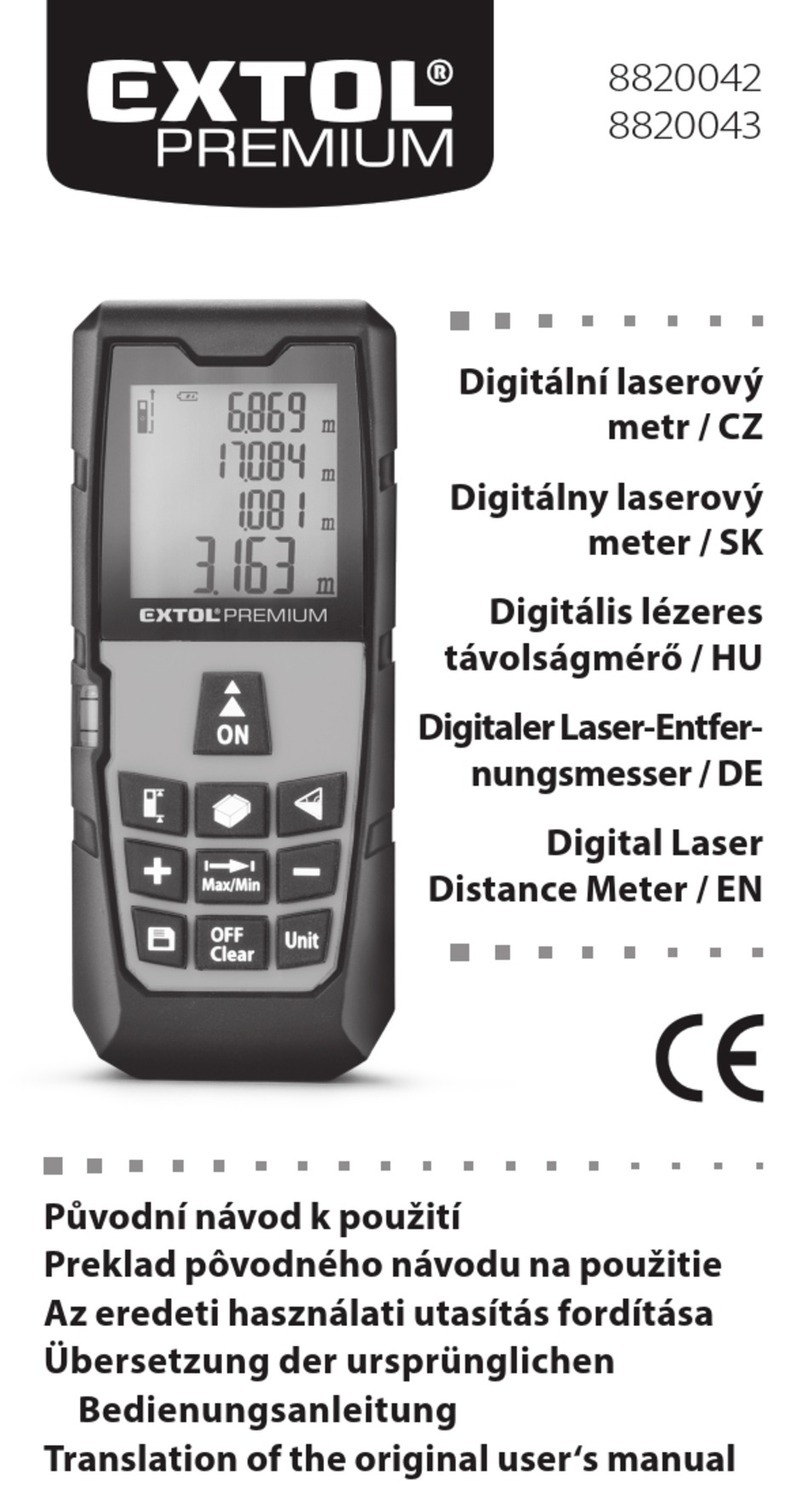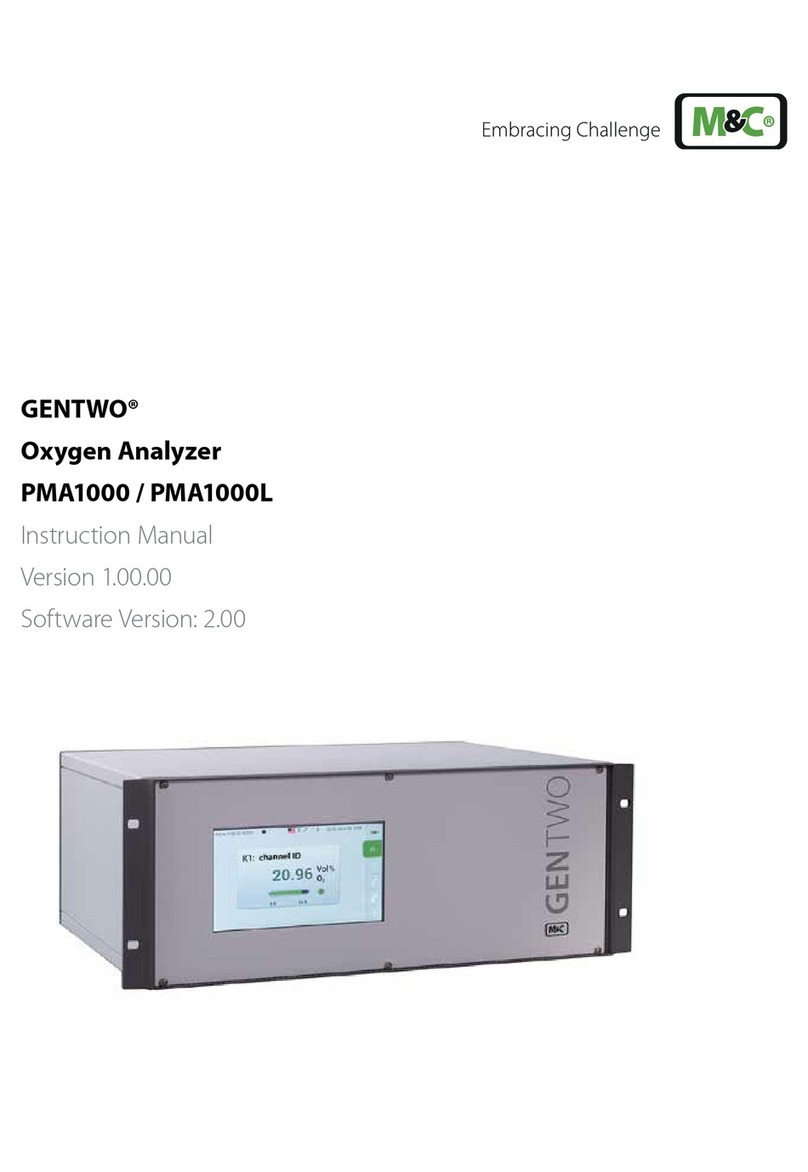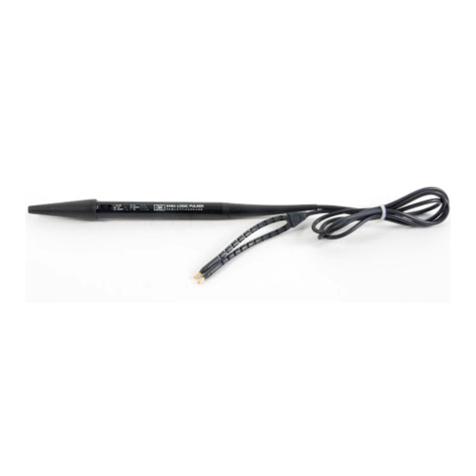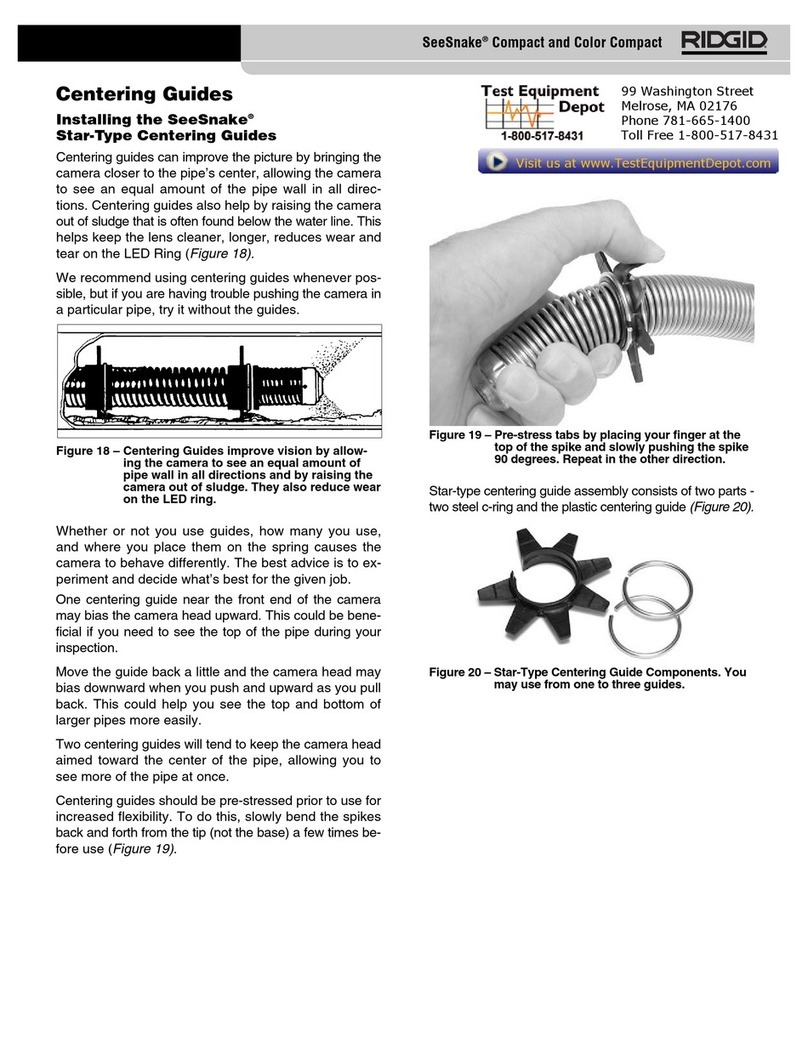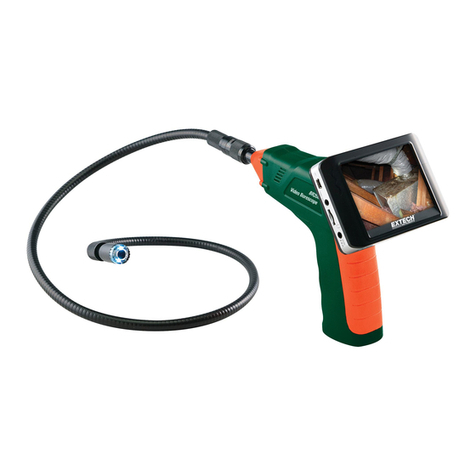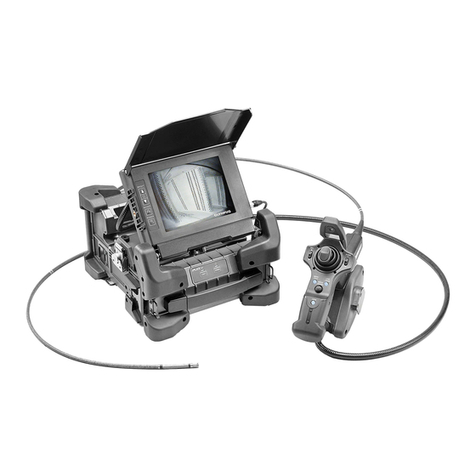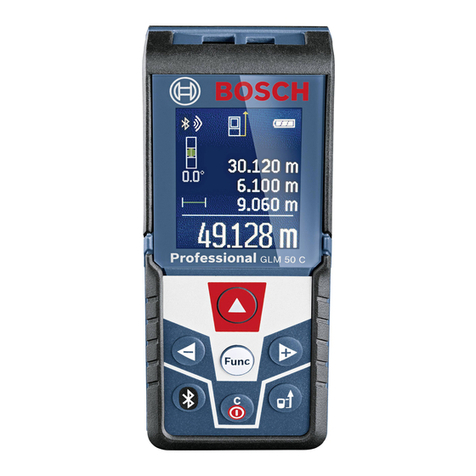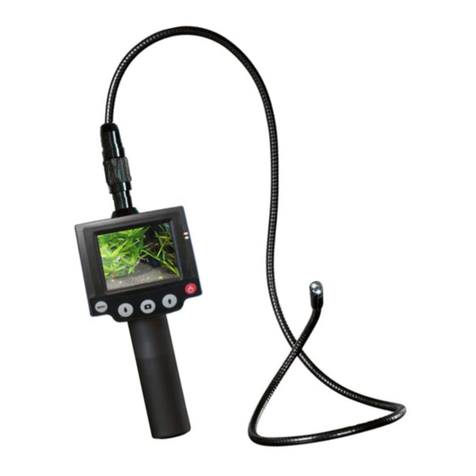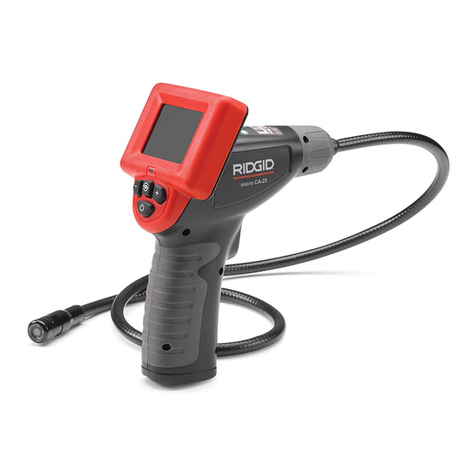
HP 16500C—At a Glance
A system of measurement modules
The HP 16500C isthe mainframeof the
Hewlett-Packard Logic Analysis
System. It offersa modular structure for
plug-in cards witha wide rangeof state,
timing, oscilloscope, and pattern
generator capabilities.
A powerful, easy-to-use interface
Thetouchscreen interfaceoffers
pop-up menusand colorgraphicsto
lead you through measurement
configurationswithout having to
remember lots ofsteps. You can add a
keyboard or mouse tospeed datainput
andmeasurementconfiguration.
The HP 16501A expands module
capacity
The HP 16501A isthe add-on mainframe
for expanding the module capacity of
the HP 16500C. When the two are
connected, theyform a single ten-card
system that isturned on and controlled
by the HP 16500C.
Intermodule measusurement capability
The HP 16500C offersintermodule
measurementfeatures that allow you to
capture complex system activity.
Modulescan
•be armed by an external instrument,
•be armed by another module inthe
HP16500C or HP16501A frames, or
•be used to arm anexternal
instrument.
Install measurement modules in any
slot
Single cardanalyzers, oscilloscopes,
and other options can goin any slot of
the HP 16500C or HP 16501A. You should
generallybegin installing cardsstarting
with thebottom-most slot and working
up.
Some measurement moduleshave
multiple cards. Amultiple-card module
must be installed into adjacent slots in
the same mainframe—that is, you
cannotinstall one card of the module
into the HP 16500C and the otherinto
the HP 16501A.
Calibratemeasurementmodules after
installation
Some measurement modulesare
sensitive to temperature and voltage
variationsbetween different
mainframes. Thus, whenyou install
such amodule in the mainframe, you
shouldcalibrate it before using itto
ensure maximum measurement
precision and accuracy.
See the Service Guidefor each
measurementmodule for installation
and calibration procedures.
ii
